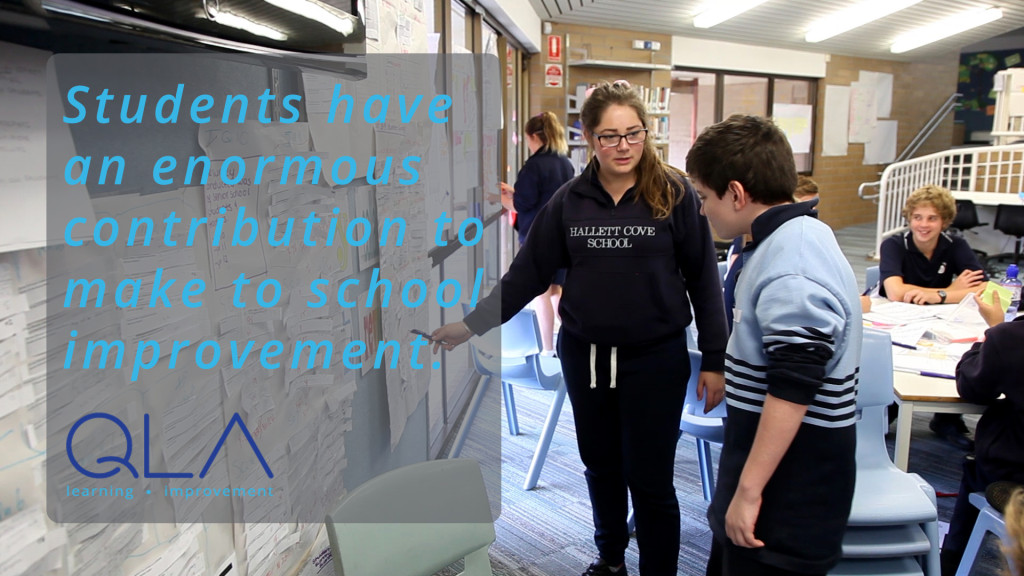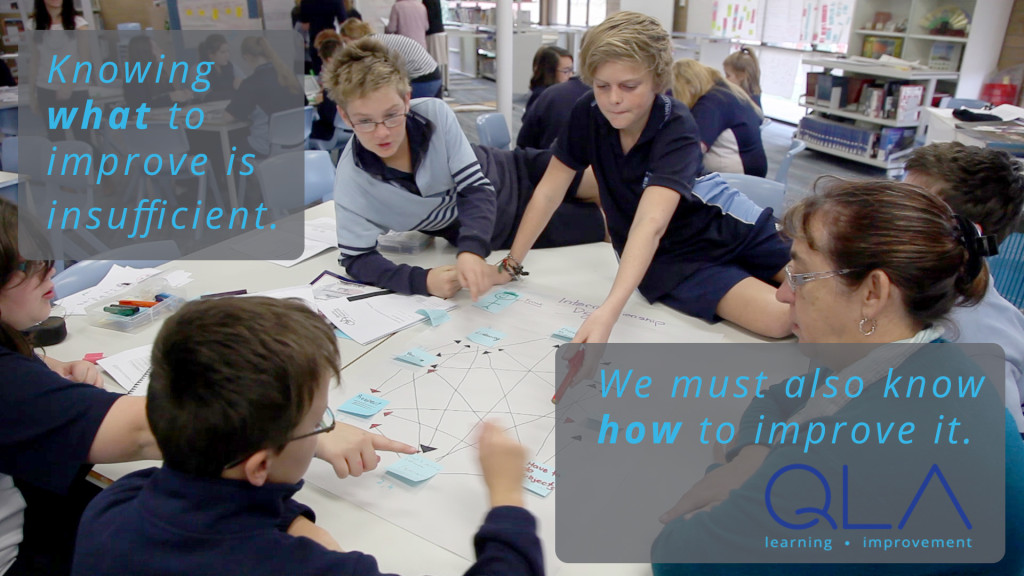Fear inhibits intrinsic motivation.
Dr W. Edwards Deming was adamant the people have a right to enjoy their work. They have a right to be treated with dignity and respect. Point 8 of his 14 points: Drive out fear.
Whether you are a school leader, classroom teacher, support staff member or student, you have a right to a fear free school. Easier said than done.
Systems and processes can create fear
The systems and processes in many organisation increase fear and anxiety. These include:
- Blaming and punishing individuals for deficiencies in the system
- Leaving people out of decision-making
- Criticising people in front of others
- Failing to give people access to the information or resources needed to do a job well
- Ignoring suggestions or treating them as criticism
- Offering critical feedback on performance without a simultaneous, genuine offer of support
- Requiring people to undertake tasks that are unlikely to be completed successfully.
Fear has a way of creeping into organisations, even those that seek to expunge it. Vigilance and effort are required.
Our challenge
Our challenge is to create schools and classrooms where people feel safe and secure. This is not to suggest creating an environment free from responsibility or accountability, rather an environment of respect, dignity and professionalism.
You can begin by asking your staff (if you are a school leader) or your students (if you are a teacher) what causes them to feel anxious or fearful in your school / class? Then work with them to remove these barriers to joy in work and learning.
Reflection
- What systems and processes in your workplace give rise to fear?
- How do these get in the way of your ability to do a good job?
- What practices do you participate in that could promote fear in others?


